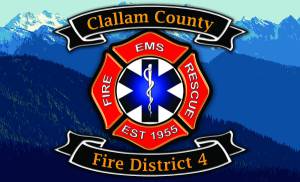Training For Many Scenarios
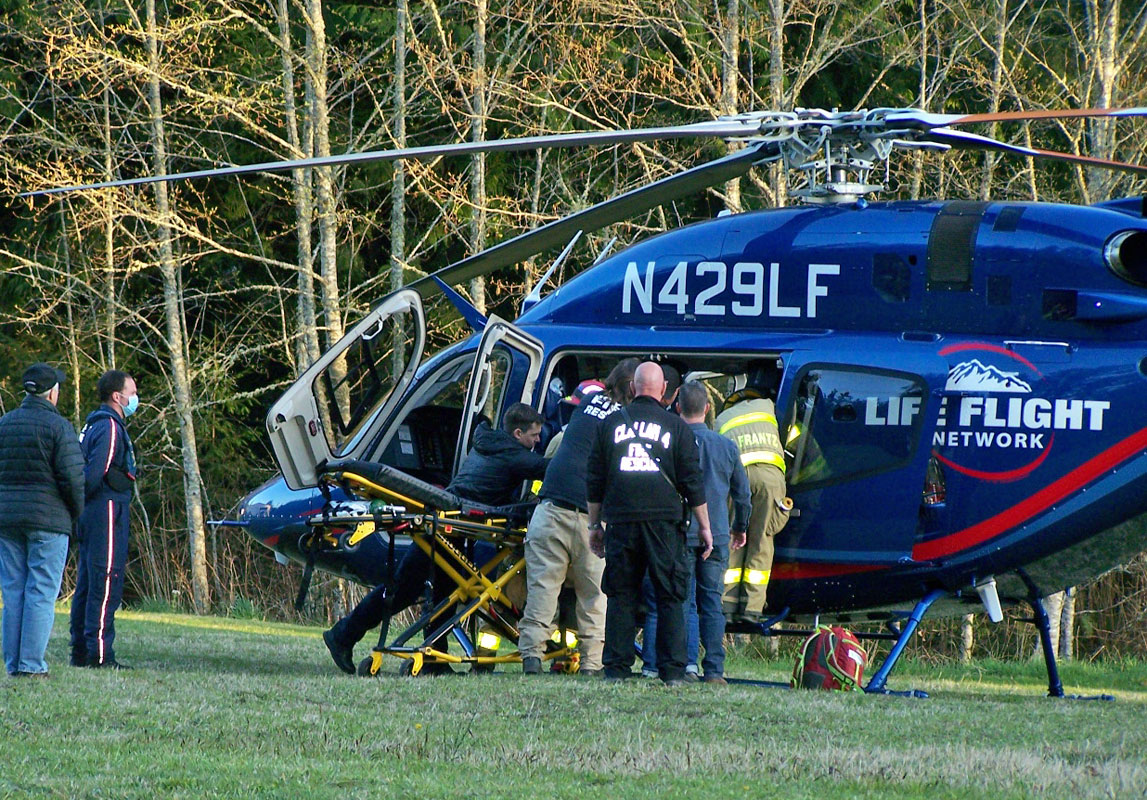
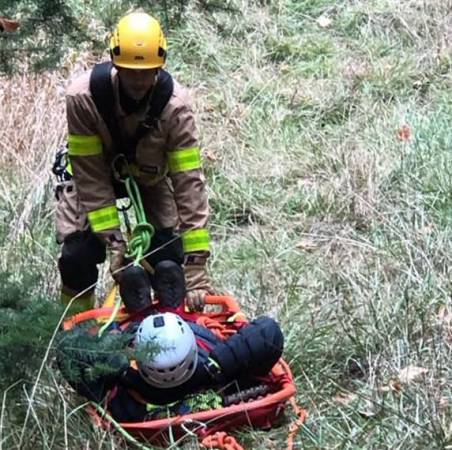


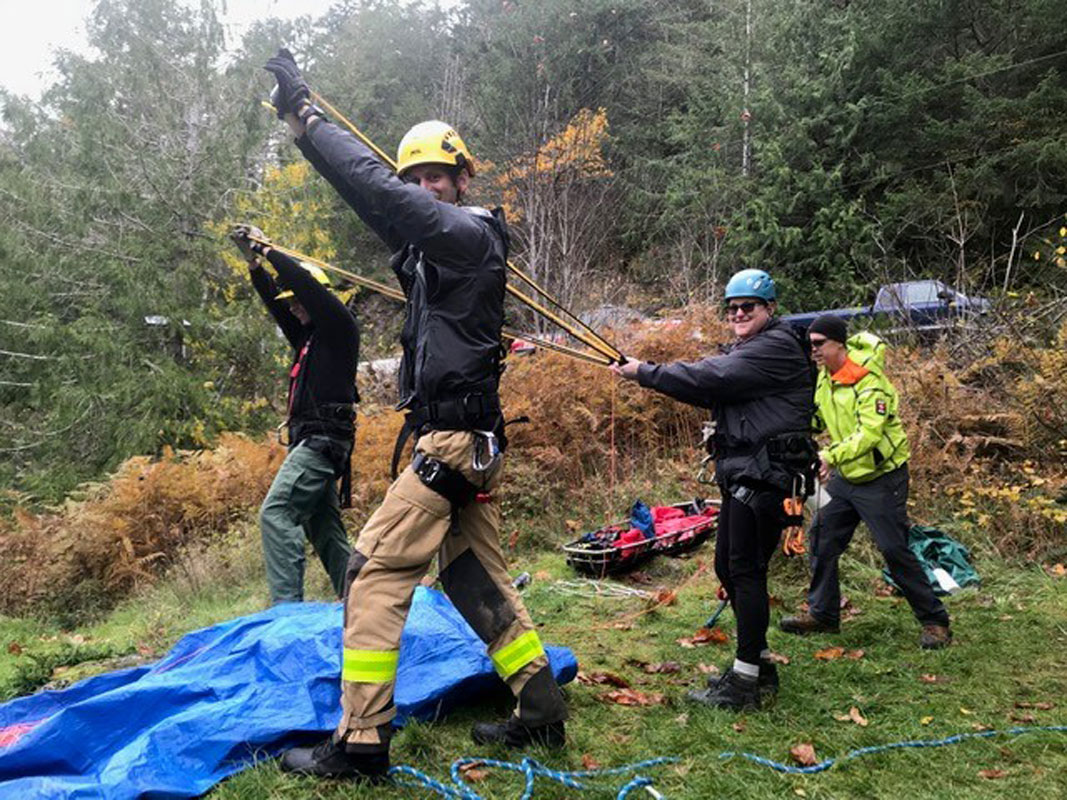
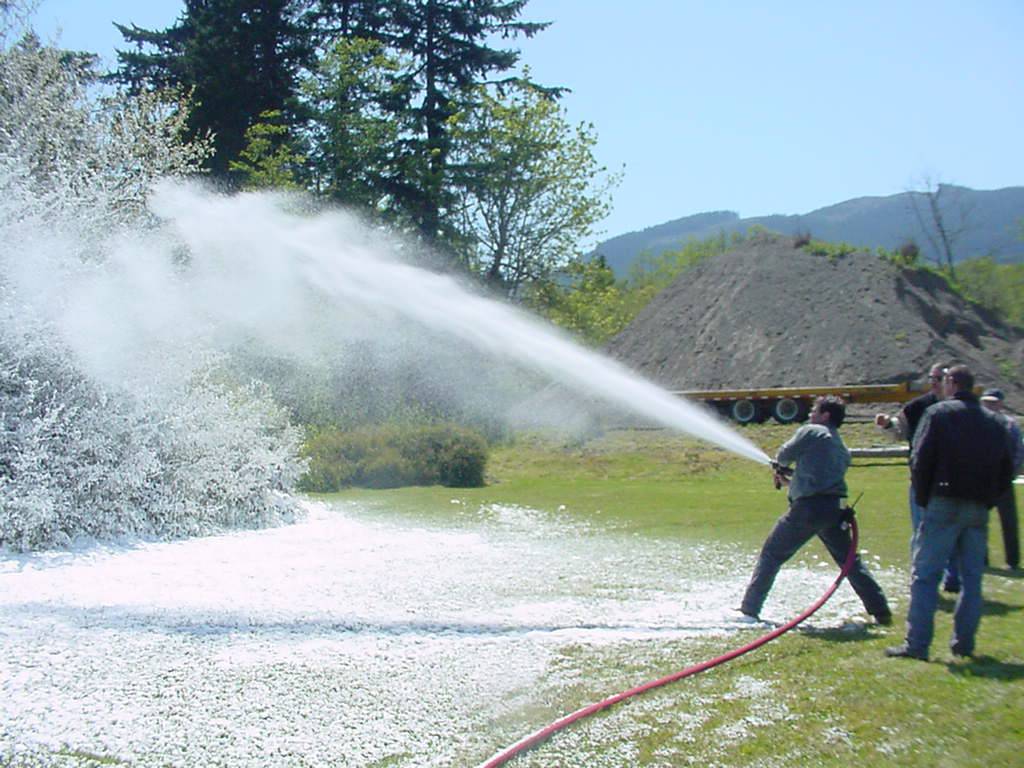
Being able to respond appropriately to an emergency requires specialized training. The district sponsors training and education for those who volunteer to become firefighters, EMTs, Advanced EMTs, or Paramedics, in exchange for a commitment to continue volunteering with the district.
Every Tuesday evening is a Drill night; a time for learning new skills and information and practicing previously learned skills. This consistent and well attended training program alternates between fire and medical training and provides the continual review and upgrading of skills. This continuing education and hands-on training prepares our volunteers to effectively respond to any emergency.
Structural and wildland fires are traditionally viewed as the primary responsibility of a fire district. Our district has the additional responsibility of responding to emergency medical dispatches which are in fact approximately 75% of our dispatches.
We respond to medical and trauma emergencies which need Basic (BLS) and Advanced Life Support (ALS). Motor vehicle accidents often require extrication and sometimes Hazmat skills.
In a rural area, responders need a wide variety of skills, and we make sure our responders stay highly trained.
Because the district strongly supports cross-training, most of our firefighters are also Emergency Medical Technicians (EMTs), Advanced EMTs, or Paramedics. We have two Advanced EMTs and two Paramedics. Three of those four are also firefighters. All volunteers are certified to provide high quality CPR.
We have earned the reputation as having some of the most well-trained emergency response volunteers in Clallam County.
Fire Suppression Training

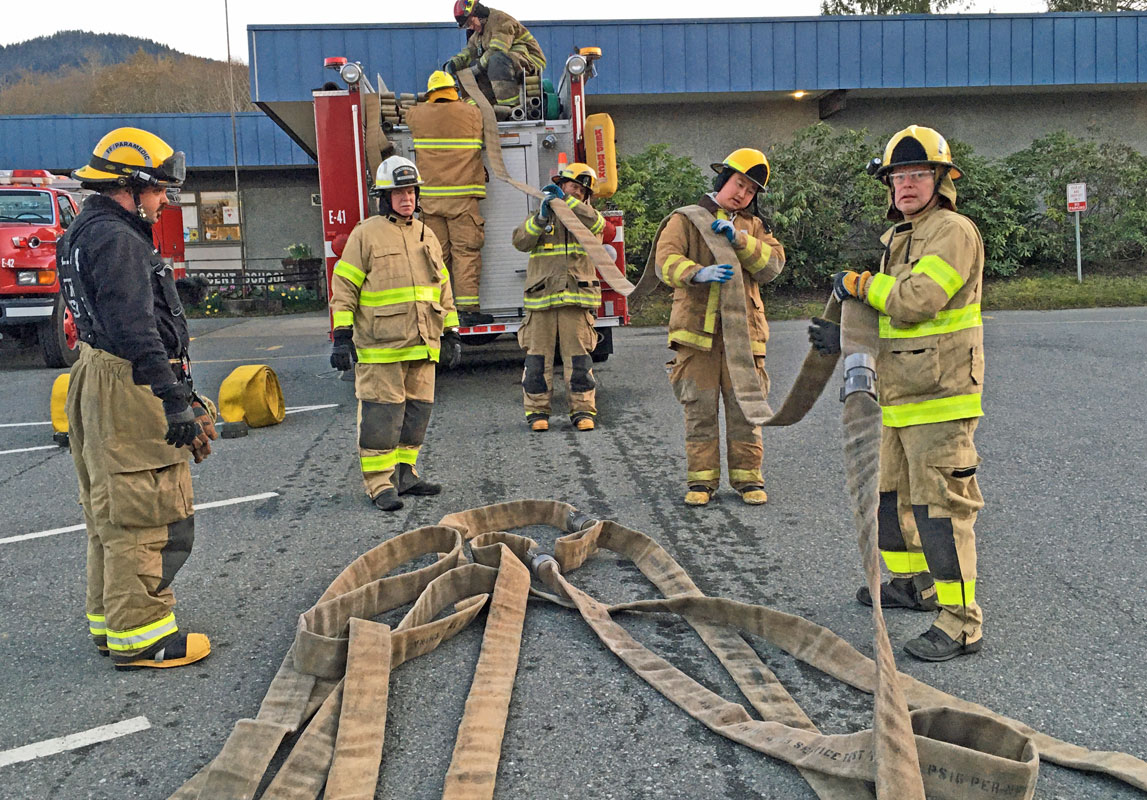


More than half of our training time is devoted to fire suppression. During 2021 and 2022 we responded to 40 fires and 9 HAZMAT emergencies. Because fires are a smaller percentage of our calls, we continually train to keep our skills fresh.
A fire drill night consists mainly of hands-on scenarios. Scene size-up is an important first step upon arrival at a scene. Proper communication protocol must be followed. Firefighters practice accessing hydrants, supplying water to the fire engine using a tender (tanker truck), hose deployment, managing the pumps, as well as attacking fires.
Our non-firefighter volunteers actively cross-train in tender operations, running the pumps, firefighter rehab, and other support logistics on fires. This frees our firefighters to directly attack the fire, greatly expanding the capability and cohesiveness of on-scene operations.
Medical Training
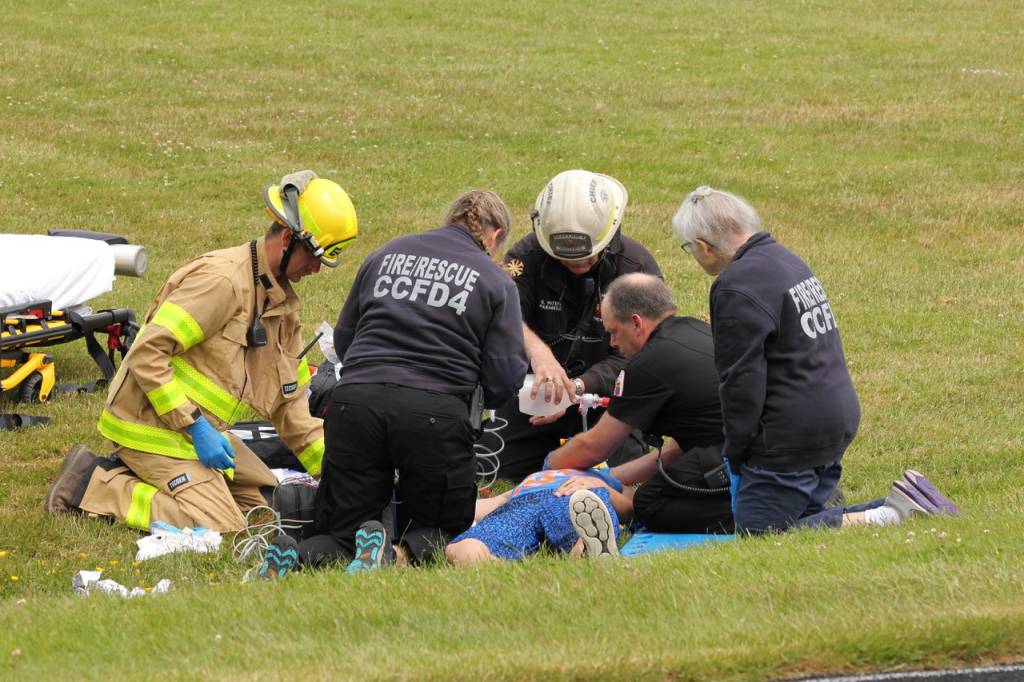
Rescue Training

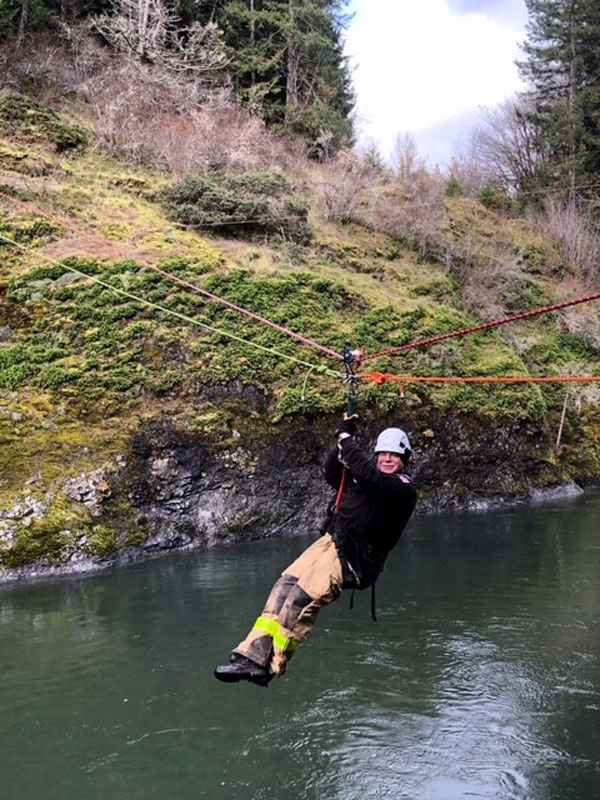
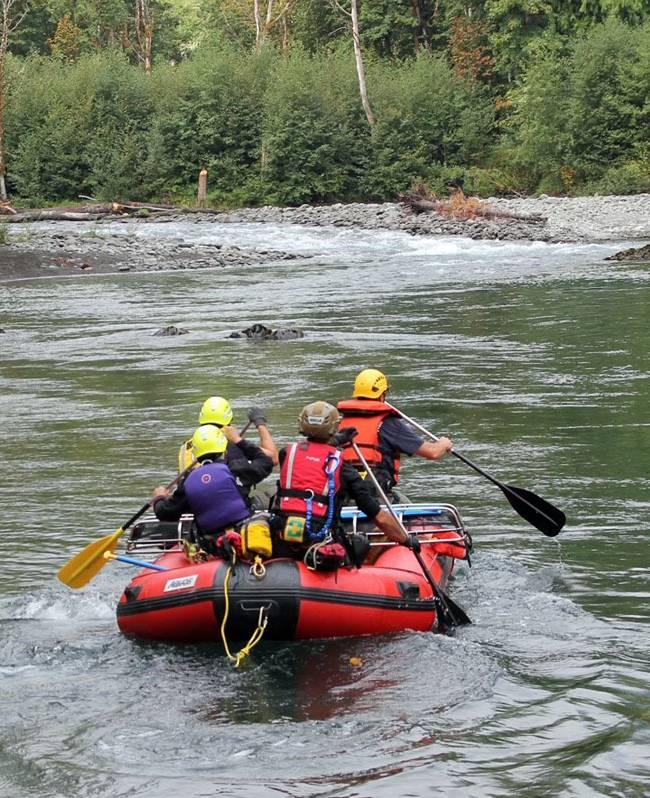
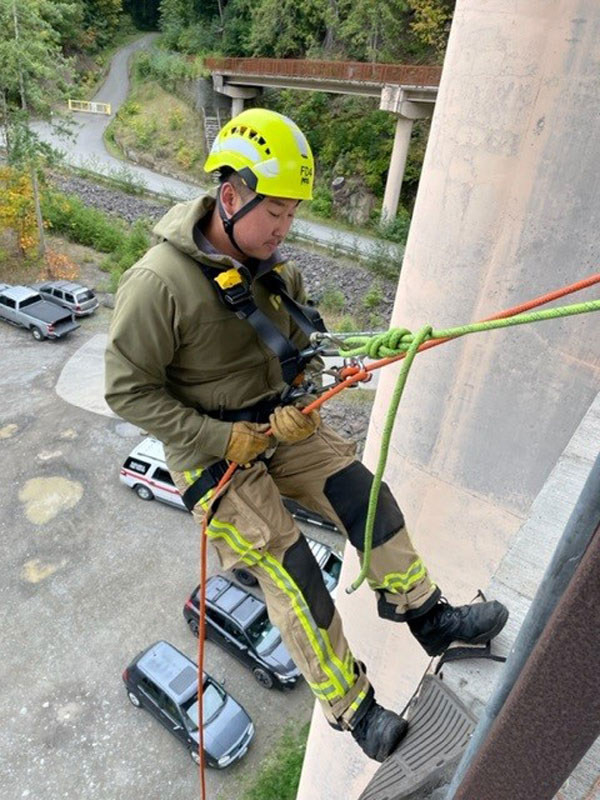
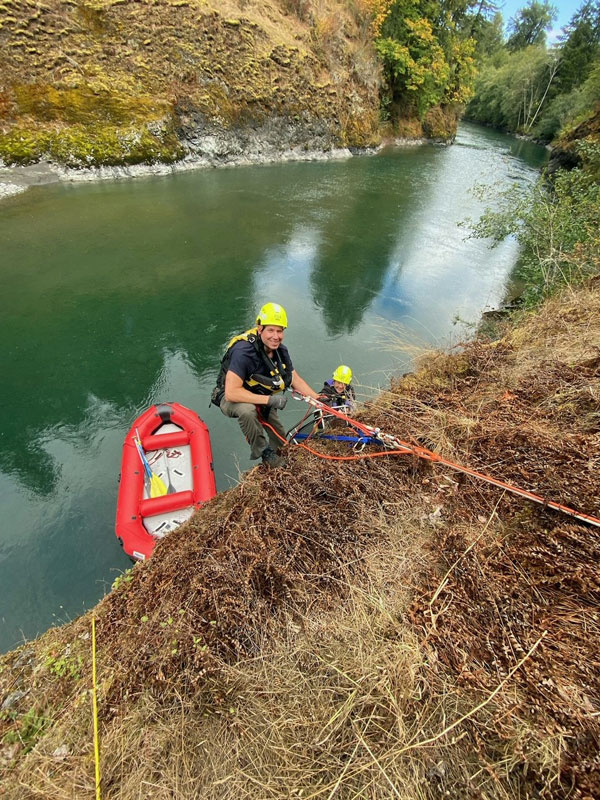
Extraction Training
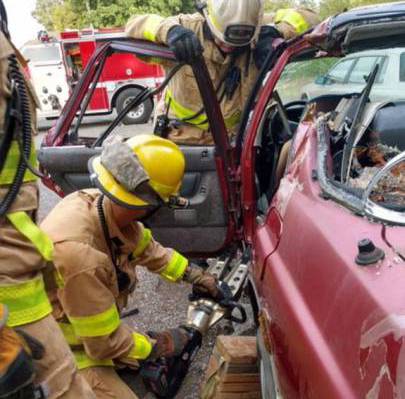
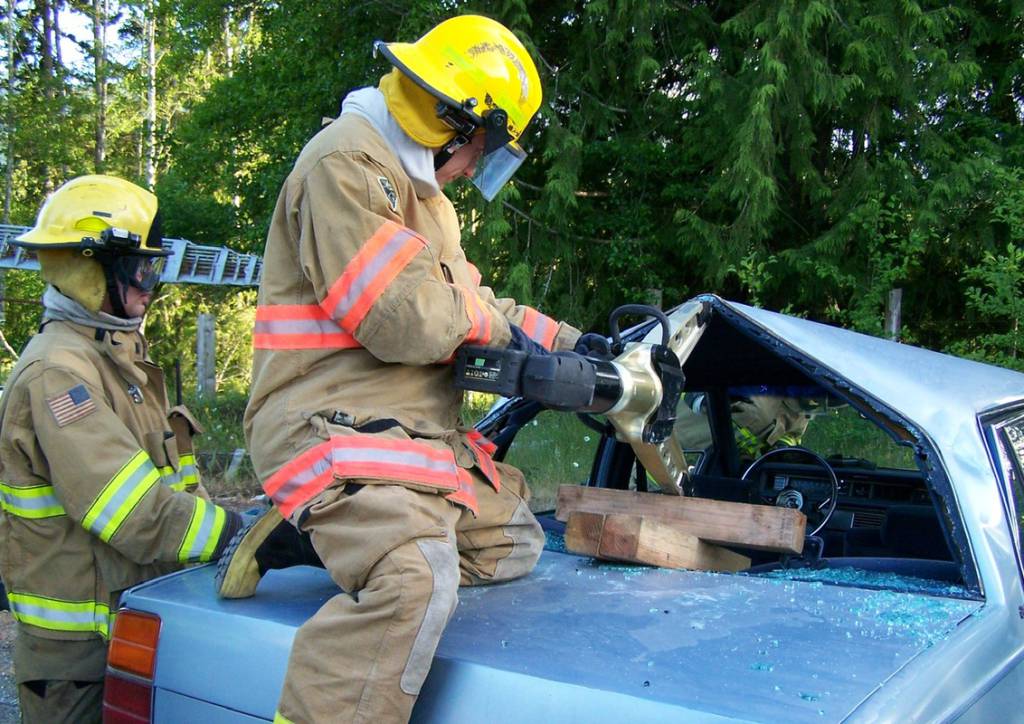
In a typical year, we respond to approximately 15 vehicle accidents. Highway 112’s twists and turns can be unforgiving so we train hard to prepare for whatever may be presented to us on a scene. Nearly half of our fire drills are devoted to extrication of patients from vehicles. Our district has the appropriate tools on board to make fast work of getting patients out of vehicles safely.
